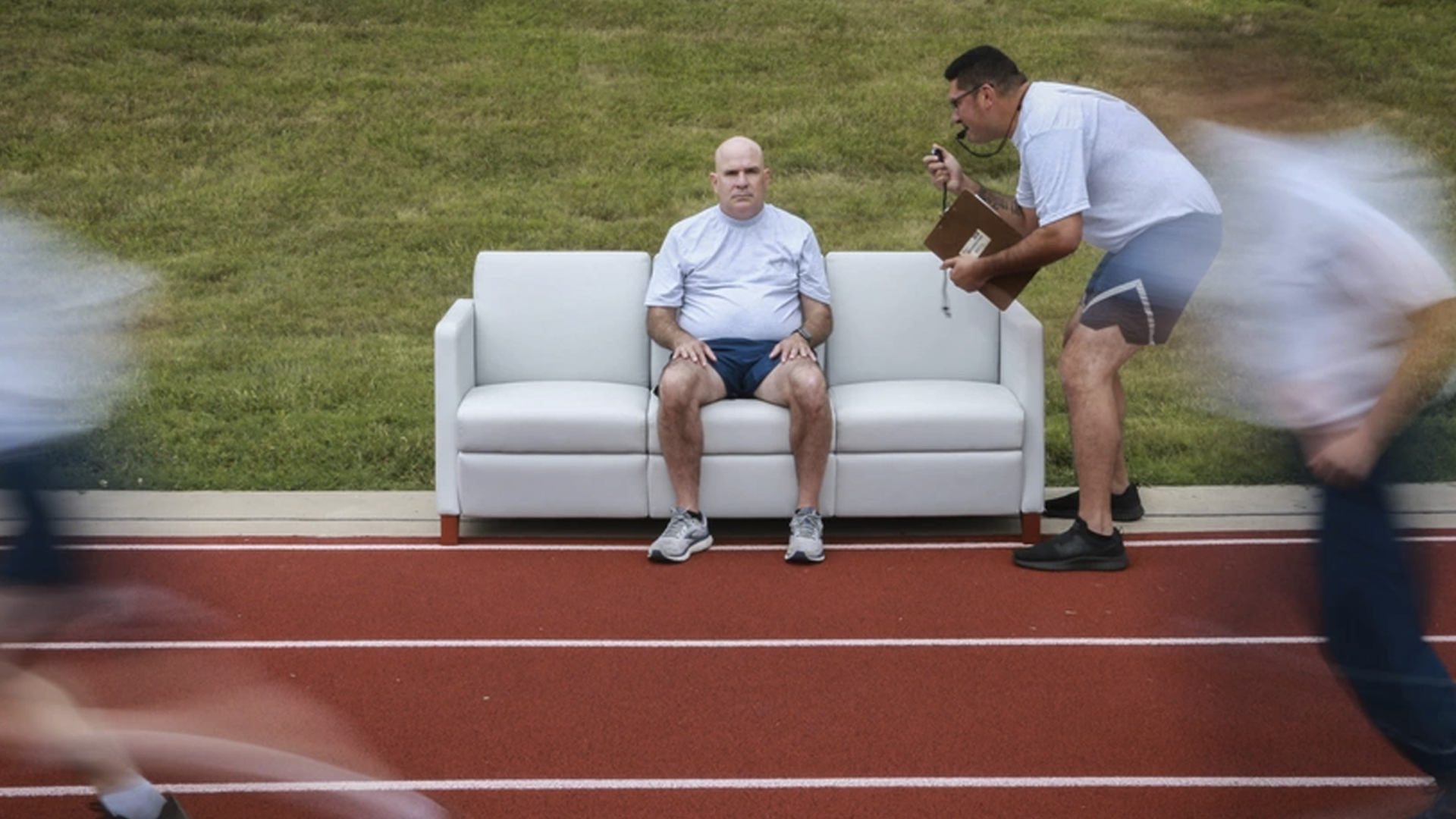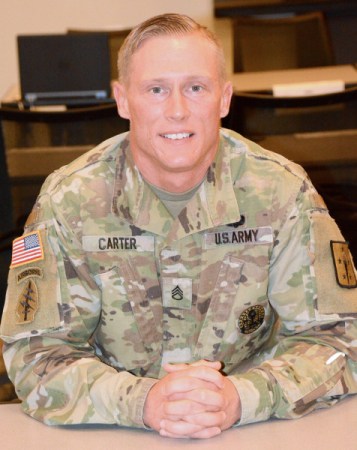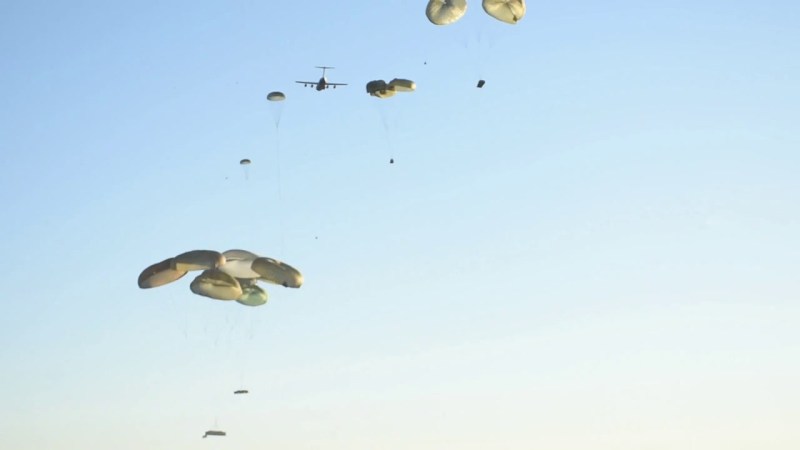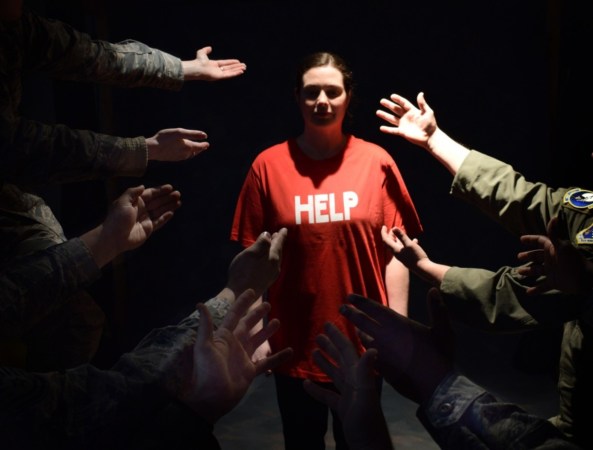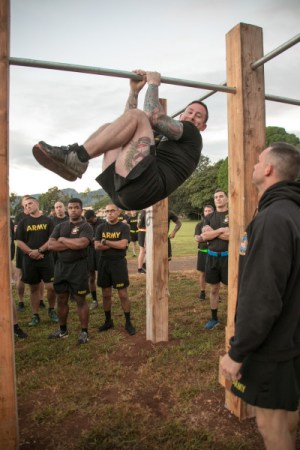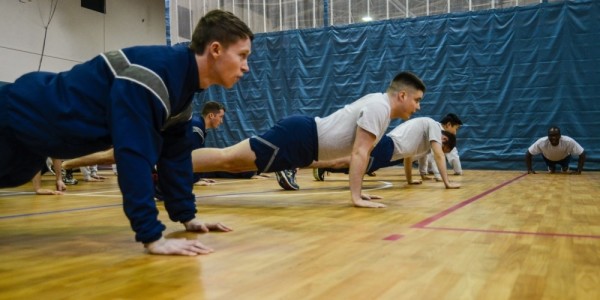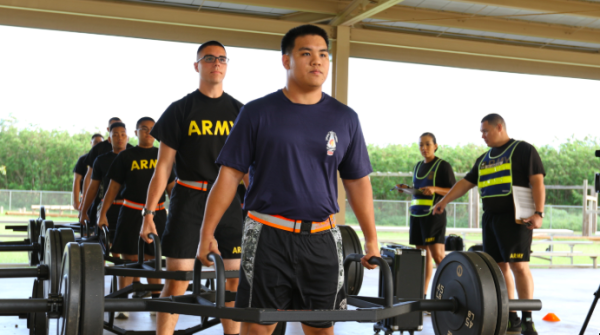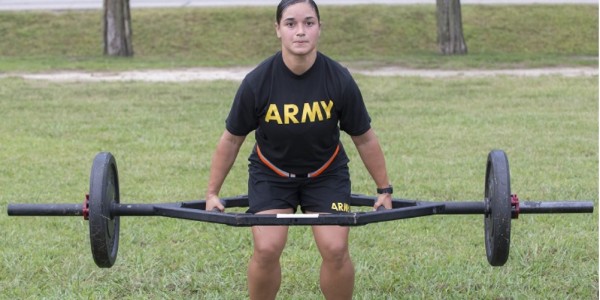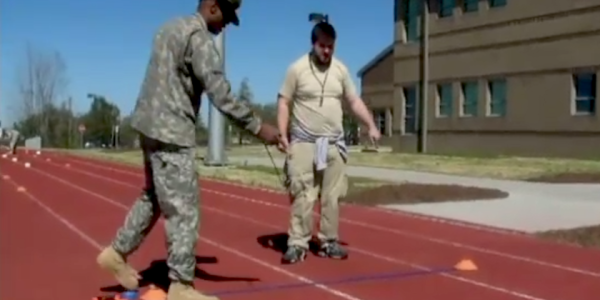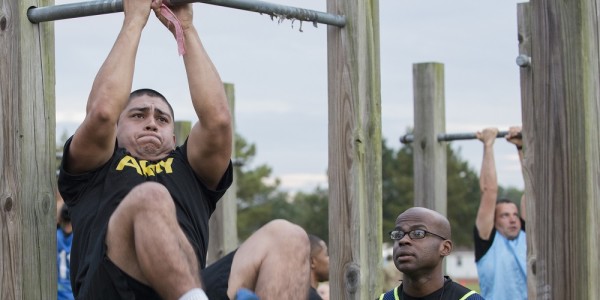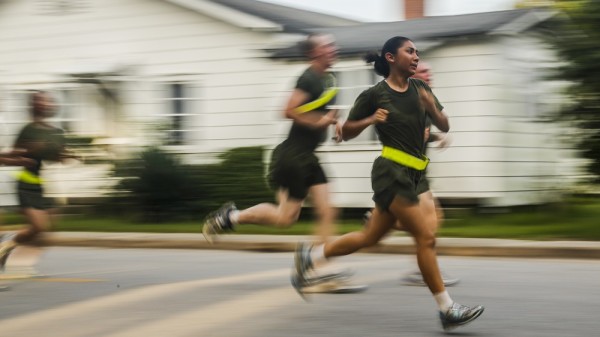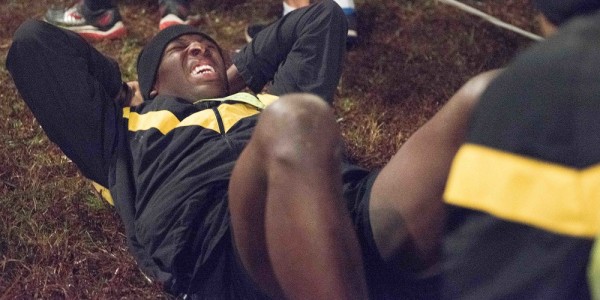Air Force Tech Sgt. Alexander House has administered hundreds of the Air Force’s new annual physical fitness test and has learned a trick or two that could help others pass the test with as little pain as possible. An F-35 crew chief at Hill Air Force Base, Utah, where he also serves as a Unit Fitness Program Manager, House recently took to the unofficial Air Force subreddit to share some of his hard-won wisdom, where many other commenters seemed to appreciate the effort.
“I wrote the post to enlighten and encourage airmen to educate themselves on the new test, know the benefits and some of the pitfalls I’ve seen,” said House, who emphasized that he is not the fitness program manager for Hill or the spokesperson for Air Force fitness testing. “I included my opinion and some pointers to help them be better prepared.”
Last year, the Air Force announced it was making several changes to its physical training test to give airmen more flexibility to demonstrate their fitness. The old test included a 1.5 mile run to demonstrate cardiovascular fitness; push-ups to demonstrate upper body strength; and sit-ups to show core strength. The new test still has those options, but it also allows airmen to choose shuttle-run sprints for the cardio portion; hand-release push-ups for the upper-body strength portion; and cross-leg reverse crunches or planks for the core strength portion.
The Air Force also briefly considered letting airmen choose one mile of fast-pace walking for the cardio option. The service later dropped it due to “equipment requirements and the need for continued testing,” the Air Force said in a press release, but it remains available for airmen who are not medically cleared to run or sprint. While the Air Force is still testing out the new components, it has rolled out scoring guides for each event and for each of the nine age groups. Airmen be warned: just because some of the options are new does not mean they are easy.
“The new components can be very helpful, but they’re not free passes,” House said. “Most people that tried one of the new ones because they had heard it was easy, but hadn’t mock tested a full set themselves, ended up doing worse than they had hoped.”

House’s first round of advice had to do with the shuttle-run test, officially known as the high aerobic multi-shuttle run. In HAMR, airmen run back and forth between two lines spaced 20 meters apart. The time they have to get from one line to the other gets shorter as they do more repeats, and if you miss the mark three times in a row, your test is over. House said most reasonably fit people can make it to level six or seven, though the best score he saw was at level nine. Most airmen drop out of HAMR before missing any shuttles, he said. While HAMR starts slow, it can quickly become overwhelming.
“If you don’t know how your legs, lungs, and stomach will react to five-ish minutes of sustained sprints and pivots, do not wait until your [physical fitness assessment] day to find out,” House cautioned.
Subscribe to Task & Purpose Today. Get the latest in military news, entertainment, and gear in your inbox daily.
Keep in mind that participants are not the only ones new to HAMR. Some of the Fitness Assessment Cells who schedule and score the tests “have not quite figured out how to score these and will sometimes insist on subtracting missed shuttles,” which is incorrect, House wrote.
“Make sure you know how your FAC is counting, and get copies of your shuttle-counting sheet to possibly fight for a better score,” he said.

House’s second round of advice involved the hand-release push-ups. They are like traditional push-ups, except instead of bringing the chest to the ground and then springing back up, airmen rest their chest on the ground, spread their hands all the way out to their sides, then bring them back before doing another push-up. The hand-release push-ups are the most commonly attempted and most underestimated component, House said, since many people “don’t realize how much it burns your shoulders out after 20 reps.”
The airman found that participants either maxed out their score at 40 repeats in under 80 seconds or they struggled to get 30 to 35 reps through the entire regulation two minutes. An interesting loophole House found is that you can take your time laying on your belly, “as long as your hands are moving and off the floor.”

Like the hand release push-ups, the cross-leg reverse crunches are similar to regular crunches but require more coordination. Participants lie on their back with their hands folded across their chests. With their backs still on the ground and their legs folded, the participants bring their knees up above their waist, raise their right elbow to touch their left thigh, then back down before doing it again with left elbow to right thigh. The cross-leg reverse crunches are easier to max out on than sit-ups if you have more lower-body strength than core strength, House said. Still, it’s not a free pass, and it’s even impossible if your gut is big enough, he explained.
“Make sure you have the coordination to do these properly; a lot of people wind up kind of rolling around on the floor from trying to lift and twist their upper bodies too much,” House wrote. “You should be bringing your legs to your elbows, while moving your shoulders as little as possible.”
Not everyone is lining up for the new options. In fact, only about one in 50 airmen opted to try the plank in lieu of sit-ups, House estimated. The airman observed that “knowing your scoring brackets ahead of time can be a huge help in pushing through” the plank. He said he also let participants watch videos on their phone or choose a familiar song to play to help them pass the time in plank position.
House had advice for airmen even if they don’t end up choosing any of the new options. For the traditional run portion of the test, for example, House observed that most airmen are better at the running than they think, “they just suck at pacing.”
“Every person I ran with and paced did significantly better than they were hoping for,” he said. “The most common mistake is running too fast on your first lap and gassing yourself out. Get a pacer buddy or a Garmin watch, and for the love of god don’t try and keep up with the gaggle of fast runners from the starting line if you are not a fast runner.”
It happens to plenty of people, House said, including himself and some chubbier airmen who were nervous about the run but seemed to want to “keep up with Captain Crossfit’s 9-minute pace” as soon as the timer started. Other commenters agreed with him.
“Your take on running is too true,” said one. “I have a severe sprinting issue that was only really solved by a running watch.”
Like with many big changes, the Air Force is still catching up to the recent PT shifts, House said. It’s been particularly chaotic since PT tests have been irregular for the past two years due to the COVID-19 pandemic, and the Air Force is still working out the kinks of its online myFitness system. In the meantime “err on the side of caution, be extra early, have all your paperwork in hand when you arrive (check your uploaded files in myFitness),” House wrote.
Despite the bumps, the airman said the new changes are a welcome addition to the test. It also helps that airmen can now try out a diagnostic fitness assessment before completing an official one, which he said was “an excellent way of relieving PT test anxiety.” Best of all, if the airman does well on the diagnostic, they can use that as their official score.
“I tell everyone to ‘stick with the devil you know’ and just do the classic components if you haven’t tried the other stuff, but man, some of the new things are straight up saving people,” he wrote. “Check your score chart and try a two-minute set of each one to see if you’re one of those folks who can max it out with no issues.”
The latest on Task & Purpose
- The Navy’s top enlisted sailor tried to lift the spirits of a beleaguered crew. He didn’t
- What this old Russian tank tells us about the invasion of Ukraine
- Navy’s top enlisted sailor tells crew dealing with string of deaths that his answers won’t ‘make you real happy’
- The Air Force is trusting the internet to name its ridiculous new cybersecurity mascot
- A military housing company kept committing fraud after pleading guilty to fraud, Senate report finds
Want to write for Task & Purpose? Click here. Or check out the latest stories on our homepage.

